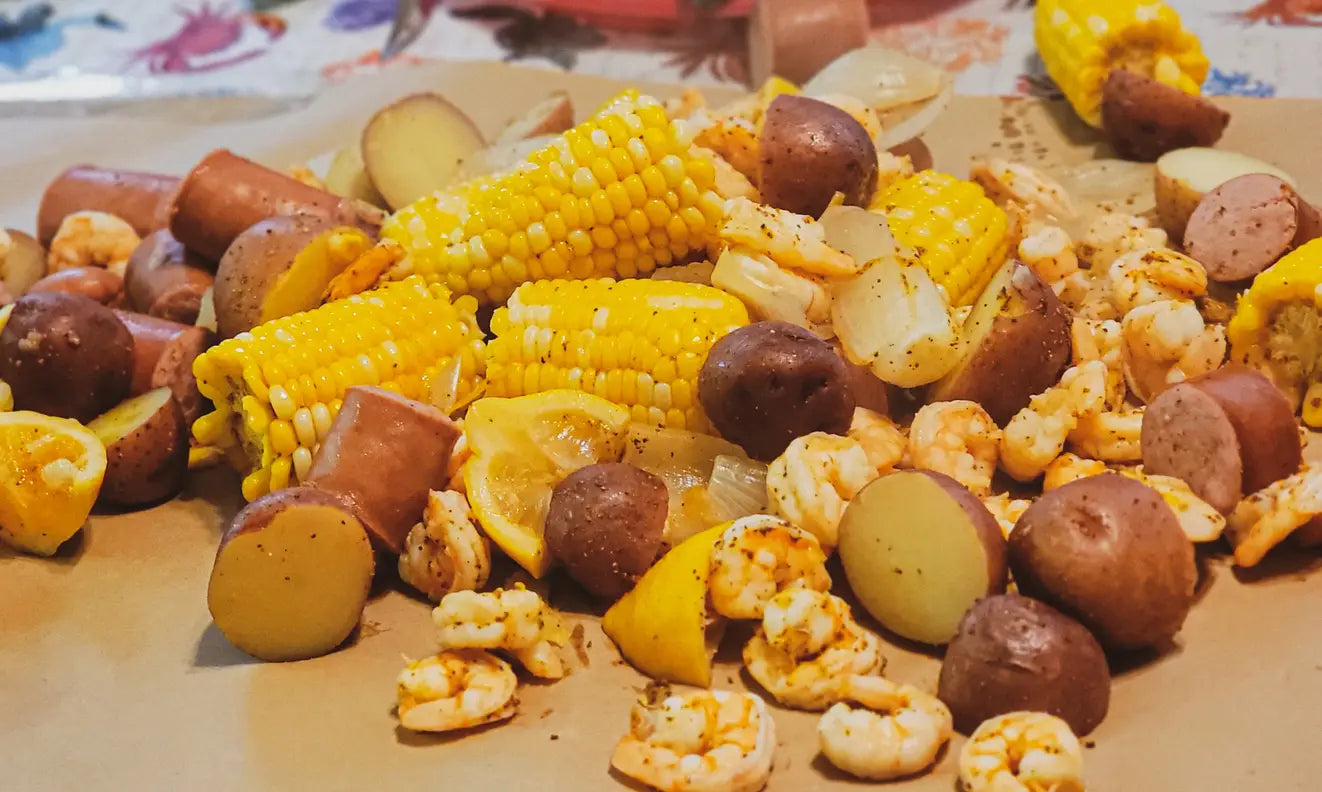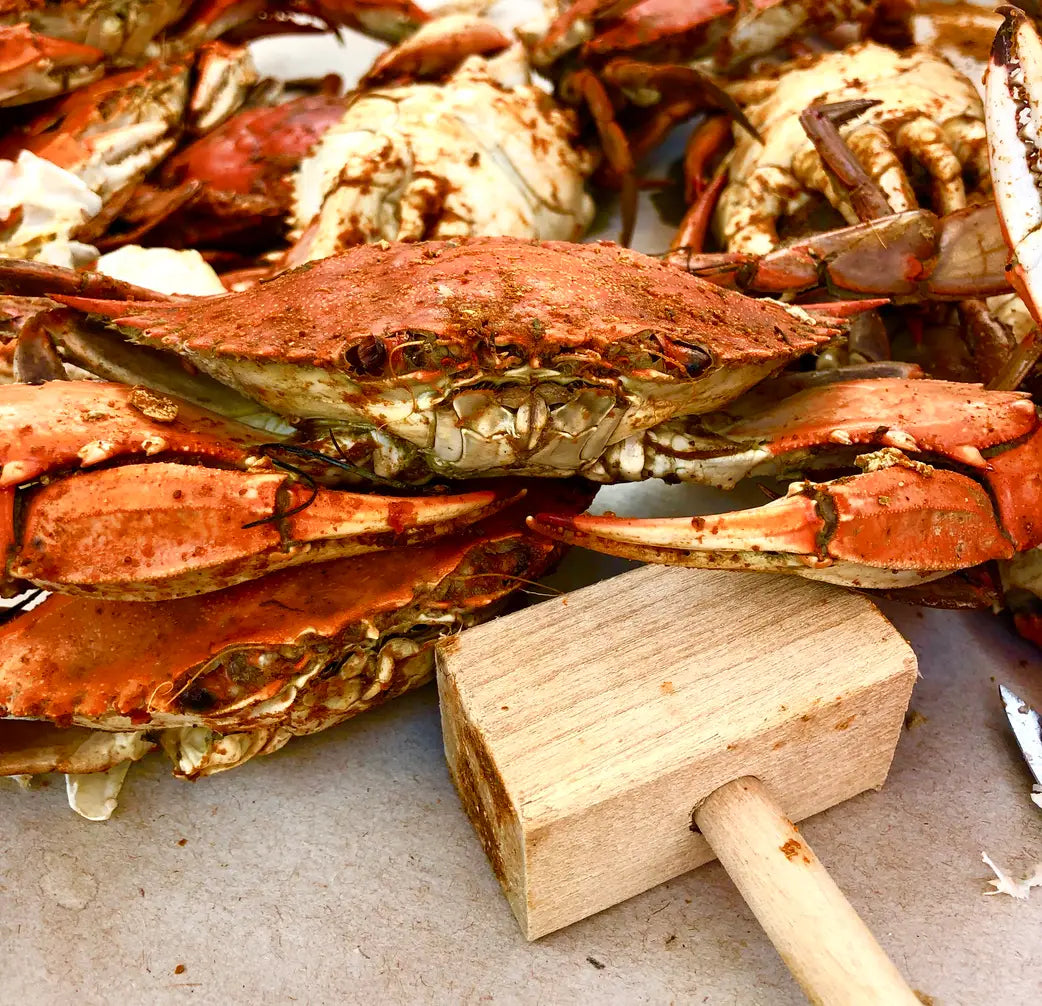Article: How to Cook Beaufort Stew

How to Cook Beaufort Stew
What is Beaufort Stew?
Beaufort Stew, often referred to as a Lowcountry boil or Frogmore stew, is a classic Southern dish that originated in the coastal regions of South Carolina, particularly around the town of Beaufort. This hearty, one-pot meal is a celebration of the region’s rich seafood heritage and agricultural abundance. Traditionally, it was prepared as a communal dish, bringing families and neighbors together to enjoy the bounty of the sea and land. Its roots can be traced back to the Gullah-Geechee culture, which has heavily influenced Southern cuisine with its blend of African, Caribbean, and European flavors.
The defining ingredients of Beaufort Stew include fresh shrimp, crab, sausage, corn on the cob, and potatoes, all boiled together with a medley of seasonings like Old Bay or Cajun spices. The result is a flavorful, aromatic dish that’s as fun to eat as it is delicious. What makes Beaufort Stew particularly special is its simplicity and versatility—it’s designed to feed a crowd, making it the perfect choice for large gatherings, whether it’s a family reunion, backyard party, or beachside celebration. The communal nature of the dish, often served on newspaper-lined tables for a casual, hands-on dining experience, adds to its charm and appeal.
Essential Ingredients for Beaufort Stew
The beauty of Beaufort Stew lies in its straightforward ingredient list, which highlights fresh, local produce and seafood. The main components include:
- Seafood: Shrimp is the star of the dish, but crab legs, clams, or mussels can also be added for variety. Freshness is key, so sourcing from a local fish market or trusted supplier is ideal.
- Sausage: Smoked sausage, such as andouille or kielbasa, adds a savory, smoky depth to the stew. It balances the sweetness of the seafood and corn.
- Vegetables: Red potatoes and corn on the cob are staples. The potatoes provide a hearty base, while the corn adds a touch of sweetness and texture.
- Seasonings: A generous amount of Old Bay seasoning or a Cajun spice blend is essential for that signature flavor. Garlic, bay leaves, and lemon slices are often added for extra zest.
When sourcing ingredients, prioritize freshness, especially for the seafood. If fresh options aren’t available, frozen shrimp or crab can be used, but ensure they’re properly thawed before cooking. For dietary preferences, turkey sausage can replace pork sausage, and plant-based sausages work well for vegetarian adaptations. If seafood allergies are a concern, consider substituting with chicken or tofu for a similar protein element.
Equipment Needed to Prepare Beaufort Stew for a Crowd
Cooking Beaufort Stew for a large group requires the right equipment to ensure efficiency and ease. Here’s what you’ll need:
- Large Stockpot: A heavy-duty stockpot with a capacity of at least 16-20 quarts is essential for cooking large batches. For very large gatherings, consider using multiple pots or a commercial-sized pot.
- Outdoor Burner or Propane Cooker: If you’re cooking for a crowd, an outdoor propane burner is ideal. It provides consistent heat and frees up your indoor kitchen.
- Strainer Basket: Many stockpots come with a built-in strainer basket, which makes it easy to lift out the cooked ingredients without draining the entire pot.
- Long-Handled Utensils: Tongs, slotted spoons, and ladles are necessary for stirring, serving, and handling hot ingredients.
- Serving Tools: Large trays or platters are useful for serving the stew family-style. Alternatively, you can serve directly from the pot for a more casual vibe.
For outdoor setups, ensure you have a stable surface for the burner and a safe area for guests to gather. Fire pits can also be used for a rustic cooking experience, but they require careful monitoring to maintain consistent heat.
Step-by-Step Guide to Cooking Beaufort Stew
Preparing the Ingredients
Start by cleaning and prepping your seafood. If using shrimp, remove the shells and devein them, leaving the tails on for presentation if desired. For crab legs, rinse them thoroughly to remove any grit. Scrub the potatoes and cut them into halves or quarters, depending on their size. Husk the corn and cut each cob into thirds. Slice the sausage into bite-sized pieces. Organize your seasonings, including Old Bay, garlic, bay leaves, and lemon slices, so they’re ready to add during cooking.
Cooking the Stew
- Fill your stockpot about halfway with water and bring it to a boil over high heat. Add a generous amount of seasoning to the water—this is the base of your stew’s flavor.
- Start by adding the potatoes, as they take the longest to cook. Let them boil for about 10-12 minutes.
- Add the sausage and corn to the pot. Cook for another 5-7 minutes, allowing the flavors to meld.
- Finally, add the seafood. Shrimp and crab cook quickly, usually within 3-5 minutes. Be careful not to overcook, as this can make the seafood rubbery.
Final Touches
Once everything is cooked, use a strainer basket or slotted spoon to remove the ingredients from the pot. Arrange them on a large serving tray or directly onto a table lined with parchment paper or newspaper for a traditional presentation. Garnish with fresh parsley, lemon wedges, and an extra sprinkle of Old Bay seasoning. Taste the broth and adjust the seasoning if needed before serving it in small bowls as a dipping sauce.
Serving Beaufort Stew at Large Gatherings
Beaufort Stew is best served in a casual, communal style. Spread the cooked ingredients across a long table covered with newspaper or butcher paper, allowing guests to dig in with their hands. Provide plenty of napkins, wet wipes, and small bowls for discarded shells. For a buffet-style setup, arrange the stew in large serving trays with tongs and ladles for easy self-service.
Pair the stew with simple sides like coleslaw, cornbread, or a fresh green salad. Beverages such as sweet tea, lemonade, or light beer complement the dish perfectly. For a creative touch, consider serving the stew in individual bowls or on banana leaves for a tropical twist.
Common Mistakes to Avoid When Cooking Beaufort Stew
- Overcooking Seafood: Shrimp and crab cook quickly, so keep a close eye on the pot to avoid rubbery textures.
- Underseasoning the Broth: The broth is the heart of the stew’s flavor. Be generous with your seasonings and taste as you go.
- Misjudging Portions: Plan for about 1/2 pound of seafood and 1/4 pound of sausage per person, along with ample vegetables.
- Skipping Fresh Ingredients: Fresh seafood and produce make a significant difference in flavor. If fresh isn’t available, ensure frozen options are high quality.
Beaufort Stew Variations for Different Occasions
For a regional twist, try adding blue crab or crawfish, which are popular in the Gulf Coast. Vegetarian versions can include tofu, mushrooms, and vegetable broth, while vegan adaptations might use plant-based sausage and omit seafood entirely. For themed gatherings, experiment with spices like curry powder or chili flakes for a unique flavor profile.
Pro Tips for Hosting a Beaufort Stew Party
Plan ahead by creating a detailed shopping list and prepping ingredients the day before. Set up interactive cooking stations where guests can help add ingredients to the pot or serve themselves. After the meal, streamline cleanup by using disposable table coverings and providing plenty of trash bins.
Frequently Asked Questions About Beaufort Stew
- How much stew should I make per person? Plan for about 1 pound of total ingredients (seafood, sausage, and vegetables) per guest.
- Can Beaufort Stew be made ahead of time? While it’s best served fresh, you can prep the ingredients in advance and cook them just before serving.
- What’s the best way to store leftovers? Store leftovers in airtight containers in the refrigerator for up to 2 days. Reheat gently to avoid overcooking.
